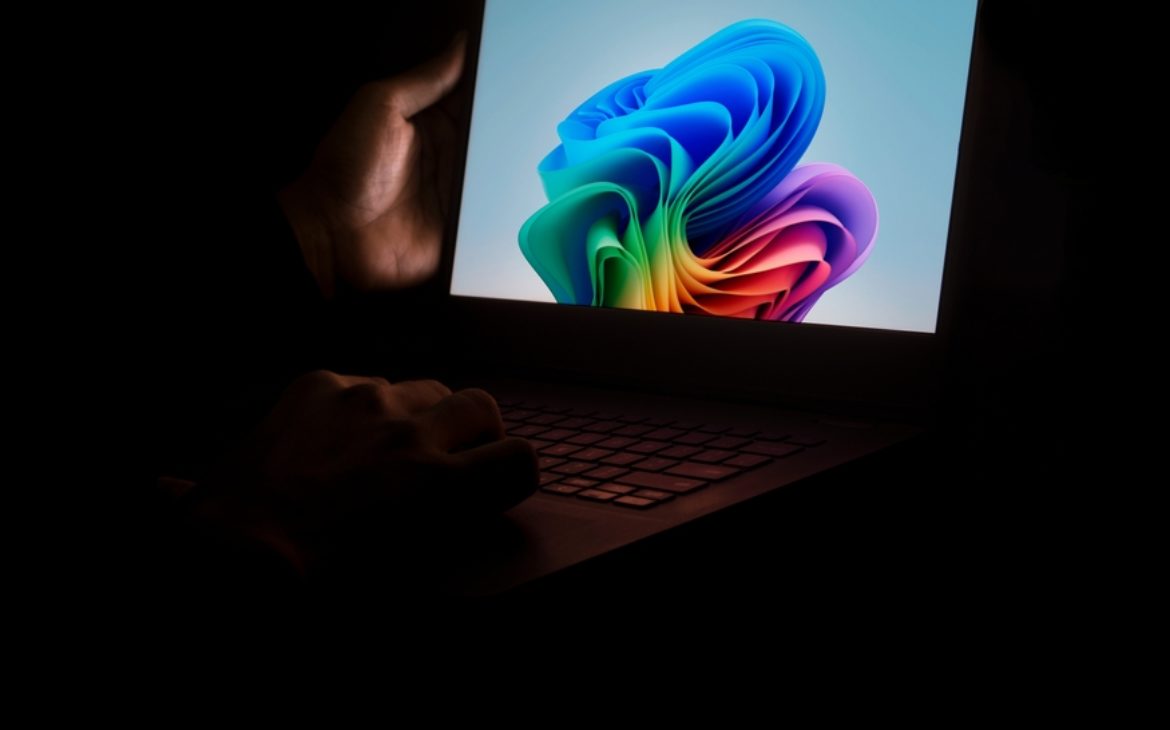In 2020, Apple revealed a new line of processors, which made a silent revolution in the laptop market. These were Apple Silicon processors, based on the processor architecture called ARM, which, due to in-house production, worked in perfect tandem with MacOS software and thus broke records in terms of battery life, as well as performance in relation to consumption.
On the other side of the fence, Microsoft launched the Windows RT initiative back in 2012 that tried to bring the Windows experience to devices based on the ARM architecture, but Microsoft failed to optimize the software for the new architecture. Also, Windows RT did not have an option to install on other devices, but only on devices that came with Windows RT software installed.
The first Surface that had an ARM processor came out with Windows 8 with Windows RT software, but it had more problems than expected. Users reported very poor performance and it was obvious that this was just an attempt to move to the ARM architecture.
This year, the Surface Pro Copilot+ hybrid tablet enters the scene.
Device design
Surface Pro is extremely thin and light, with a thickness of 9.3 mm and a weight of 894 grams. The recycled aluminum housing makes it a premium device, and it remains one of the most unique devices on the market.
Ports and performance
The Surface Pro has a magnetic Surface Connector for power and two USB-C USB 4 ports, but no headphone jack – although there’s plenty of room for one. The device comes with Qualcomm processors, a 10-core Snapdragon X Plus or a 12-core Snapdragon X Elite chip. These chips also have integrated processing units for AI (NPU – Neural Processing Unit). Although most applications work flawlessly, some programs such as games, which do not run due to problems with anti-cheat solutions that require kernel access, as well as some Adobe Creative programs that have problems with ARM hardware.
Screen – OLED at last
Although the previous PixelSense panel technology they used for Surface laptops was extremely good, OLED is a very welcome feature that adds a lot to the user experience. OLED panels still lead the market in terms of color reproduction and quality of experience.
Battery
The Surface Pro lasted 12 hours and 15 minutes on the PCMark 10 Applications battery test, which is slightly less than similar systems. The Surface Pro 10 for Business lasted 12 hours and 20 minutes, while the Dell XPS 13 lasted 13 hours and 15 minutes. During typical use, the battery lasted an entire working day, with about 40% capacity remaining after eight hours. The Surface Pro has fans that are audible at higher loads and the device heats up during light gaming and software downloads, which isn’t ideal for keeping on your lap on warm days.
Accessories
Surface Pro has a built-in kickstand that allows for a variety of placements, from a laptop-like angle to an almost upright position, which many other tablets do not. Although functional, it can be unwieldy to use on uneven surfaces. The $130 Surface Slim Pen 2 remains a staple accessory for Microsoft’s tablets, useful for drawing and note-taking. The pen is well balanced and easy to hold, and refills easily if you have a keyboard with a Slim Pen slot.
Keyboard – great but not included
The new keyboard is a great combination of function and aesthetics – for a hefty price. The basic model is the Pro keyboard, which does not bring new functions, except for the bold legends on the keys. However, the Flex keyboard brings one serious advantage over the competition, as it works even when it’s not connected to a device. Thus, the Surface tablet can be placed on the table and the keyboard in the arms, ensuring a fully ergonomic posture as well as flexibility in changing the place of work.
The manufacturer’s suggested retail price for the Pro keyboard is $140, while the flagship Flex keyboard costs as much as $350.
Copilot “plus” – marketing trick or real feature?
Surface Pro’s artificial intelligence capabilities, such as Paint’s Cocreator and Copilot+, vary in their usefulness. AI image generation and Live Captions are interesting, but more or less practical. AI-generated images don’t offer convincing quality compared to tools like Copilot DALL-E 3, while Live Captions (while useful for basic subtitling and translation) show some limitations in accuracy. New Windows Studio Effects, including Portrait Light mode for video calls, improve usability, but certain filters are less effective. Overall, while these features add novelty, their day-to-day practical application is yet to be fully realized.
